Are you looking for ways to make your home theater bigger and better? Wanting to have more room in which to enjoy movies, sports games, and shows with friends or family without breaking the bank? If so, then learning how a projector screen can get bigger is something that should be at the top of your list! In this blog post we will discuss just what you need to know when it comes to making projectors larger, from choosing the right size screen material for your space all the way through setting up the projection software itself. Get ready for some big fun times by understanding how easy it is to upgrade almost any space with a projector system– let’s get started!
Basics of Projector Operation
Projectors are a great tool for making presentations and displaying images, allowing you to communicate with large groups of people. Using a projector can be intimidating at first if you have never used one before, but it really isn’t too difficult once you understand the basics. Here are some steps to help get you started:
- Make sure your projector is set up correctly and connected to the right power source. Depending on the type of projector you have, it may need to be plugged into a wall outlet or have a separate power module installed. [1]
- Check the image being projected onto the screen by adjusting the zoom and focus using the knobs located on the side of the projector.
- Connect your laptop or other device to the projector. Most projectors use a VGA cable, but some may require an HDMI cable instead.
- Adjust the brightness and contrast settings on your projector, depending on where it is located in relation to the room’s lighting conditions.
- When you are ready to start your presentation, turn on the projector. Most projectors will need to be turned on a few minutes before you begin in order to warm up and be ready for use.
- Ensure the image being projected is clear and easy to read by adjusting the resolution settings on your computer or device.
- Once you are finished with your presentation, be sure to turn off the projector and unplug any cables connected to it. [2]
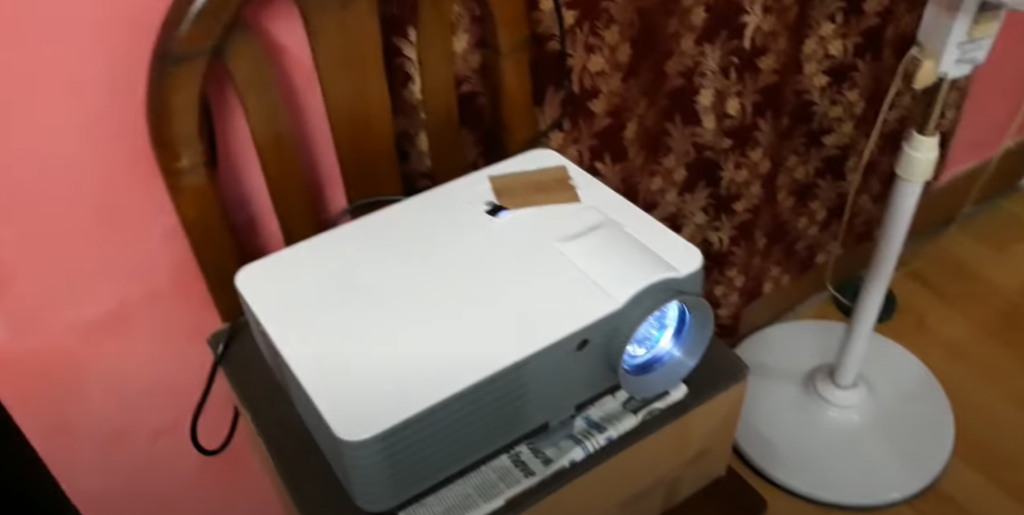
What Projects Suitable for Watching on a Projector?
Projectors are a great way to enjoy movies, TV shows, and more in larger than life format. But what type of projects are best suited for watching on a projector? Let’s take a look at some of the most popular types of videos to watch on a projector. [3]
Movies
Nothing beats the experience of watching your favorite movie on the big screen. Whether you’re enjoying an action-packed blockbuster or a classic drama, the widescreen format of a projector provides an immersive viewing experience that can be shared with family and friends.
TV Shows
If movies are too long for your taste, then why not check out some popular television shows on a projector? Many modern TVs come with built-in streaming capabilities, so you can access your favorite shows with just a few clicks of the remote. This makes it easy to share an episode or two with friends and family without having to worry about cords or cables.
Video Games
Video games can also be great on a projector. Many gaming systems have built-in support for projectors, so you can enjoy games in a larger format without sacrificing the visuals. This makes playing with friends much more enjoyable, as the bigger screen allows for better viewing angles and improved coordination between players.
Documentaries
If you’re looking for something educational to watch on your projector, then documentaries are a perfect choice. With topics ranging from history, to science, to nature and more, documentaries offer an entertaining way to learn something new. Plus, the widescreen format of a projector can help to bring any documentary’s visuals to life in vivid detail.
Concerts
Concert videos are also great for watching on projectors. Whether you want to watch a live performance or a recorded version, the widescreen format of a projector can help to bring the energy and emotion of the show to life in an immersive way.
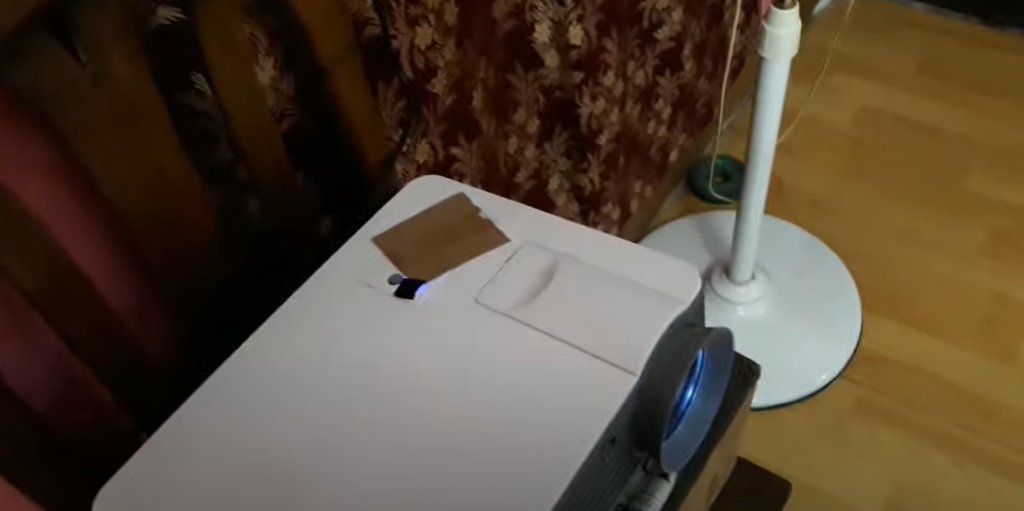
Home Videos
Projectors are also great for watching home videos. Whether you’re playing a slideshow of family photos or sharing memories from trips and special events, the larger format of a projector can help to bring any home video to life in vivid detail.
Animations
Finally, animations are another great option for projector viewing. From classic cartoons to modern animated movies, the widescreen format of a projector can help to bring any animation to life in stunning detail. Plus, animations are often family-friendly, making them perfect for gatherings with friends and family. [4]
What are the Main Projector Advantages?
Projectors can provide a huge range of advantages when compared to traditional television screens. Whether it’s for gaming, for professional use or simply just for home entertainment, projectors are becoming increasingly popular and here’s why:
- Cost Effective – Projectors are far more cost effective than TVs since they require fewer components and inputs. A projector screen is also much cheaper than a television of similar size. [5]
- Mobility – Projectors are incredibly mobile and can be used in multiple locations, making them great for trade shows or events where you need to move from one place to another.
- Quality Image – The image quality produced by projectors is far superior to that of TVs since they use higher resolution images and clearer displays.
- Flexibility – Projectors offer increased flexibility when it comes to placement since they can be placed in a variety of locations, such as on the wall or even in the ceiling.
- Environmentally Friendly – Since projectors don’t require large amounts of energy, they are much more environmentally friendly than TVs that use more electricity.
- Enormous Screen Size – With a projector, you can create an incredibly large screen size without having to purchase and install a massive TV. This makes it perfect for creating the ultimate home theater setup without taking up too much space.
- Versatility – One of the greatest advantages of projectors is the versatility they offer as they can be used for many different applications, such as gaming, movies, presentations and more.
- Space Saving – Projectors are incredibly space saving since they don’t require a large TV or multiple components to be installed. This makes them perfect for small spaces or tight quarters. [6]
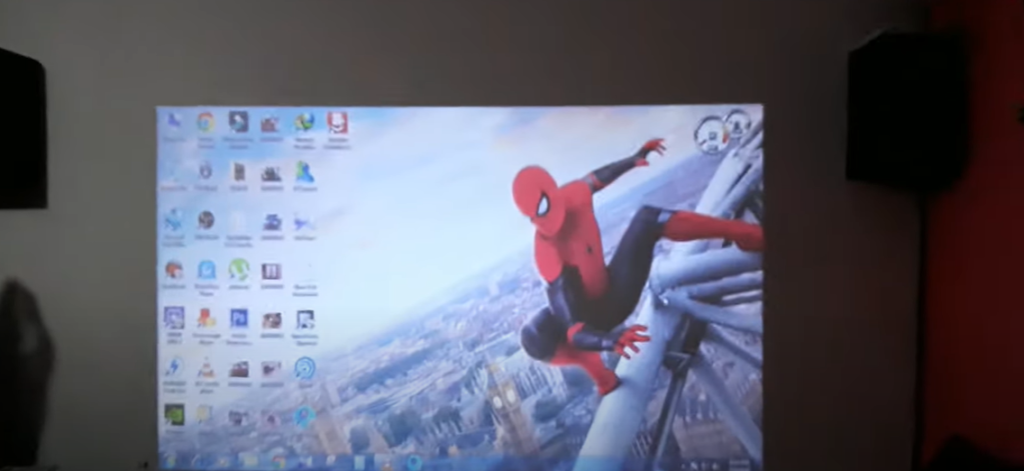
How to Customize the Projector?
Projectors are a great way to create an immersive experience either in your home or at the office. But how do you customize one to fit your needs? The following tips can help you get started:
- Find the right projector model for your space – Different projectors have different power levels, range of colors and even lenses that will be best suited for your space. Ensure to find the model that best fits your needs.
- Adjust settings based on the room – If you’re using a projector in a dark home theater, you’ll need to adjust the image quality settings differently than if it was being used in a brightly lit classroom or office environment.
- Get the right connection – If you’re connecting your projector to another device such as a laptop, make sure you have the correct cable or adapter so that there is no lag in the image.
- Check brightness and colors – Make sure to adjust both of these settings correctly for optimal image quality. Brightness can be adjusted with either a remote control or manually on your projector. Colors can also be adjusted to ensure the picture looks the way you want it to.
- Set up sound – If you’re using a projector in a home theater, check that audio is set up correctly and consider investing in some surround sound speakers for optimal results.
- Take time to troubleshoot – If you’re having trouble getting your projector to work the way you want it to, take some time to troubleshoot and find the right settings. You might need to try a few different configurations before finding the one that works best for your space. [7]
Key Ways on How to Make Projector Screen Bigger
Making a projector screen bigger can be a challenge for many people. Depending on the size of your room, you may have limited options when it comes to increasing the size of your projected image. However, there are some simple and affordable solutions that can help you make your projector screen appear larger without having to make significant changes or spend a lot of money. Here are a few key ways you can make your projector screen bigger.
1. Adjust the Projector Position or Angle
The position and angle of your projector has a significant impact on how big it appears on the screen. Try adjusting the height, tilt, or angle of your projector to make it appear larger on the screen. This isn’t necessary if you already have an optimal projector position, but it can make a big difference if you haven’t set up your projector correctly.
2. Use a Projector Lens Shift
If you want to make the projected image appear larger without having to move the entire projector, using a lens shift is an ideal option. This feature is available on most modern projectors and allows you to move the lens up, down, left, and right without having to move the entire projector. This can help make your projected image larger without having to move the projector or make any significant adjustments.
3. Increase Your Projector Resolution
Increasing your projector resolution is another great way to make your projector screen appear bigger. A higher resolution will not only make your image appear larger, but will also improve the quality of the image. Many modern projectors have adjustable resolution settings that you can adjust to make your projector screen look bigger.
4. Use a Short Throw Projector
Short throw projectors are specifically designed to be used in smaller spaces and are able to display a larger projected image than standard projectors. While they may be more expensive than standard projectors, they are an ideal solution if you have limited space and want to make your projector screen appear larger.
5.Use an Ultra Short Throw Projector
Ultra short throw projectors are even more powerful than standard short throw projectors and can produce images up to 100 inches in size. They’re designed for use in tight spaces but still have the power to display a very large image. If you need a larger projector screen without having to make changes to your space, then an ultra short throw projector is an ideal option. [8]
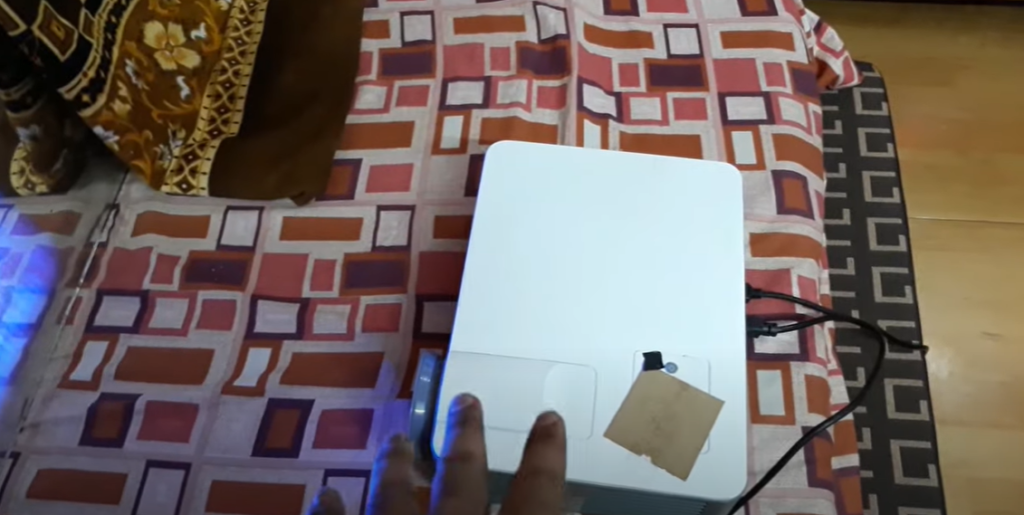
What Problems Can Occur with the Projector?
There are a few common issues that many users experience when using projectors:
- Image distortion – Many users find that their images become distorted or blurry when projected from too far away, or if the projector is placed in an area with too much light or wind.
- Screen size – If you are using a projector with a resolution that doesn’t match the size of your screen, you may find it difficult to get a clear image on the display.
- Connectivity problems – A faulty or outdated cable can cause connectivity issues when connecting your devices to the projector, resulting in poor performance and image quality.
- Bulb failure – The bulb inside a projector can fail over time due to excessive use or simply age, requiring you to replace it for proper functionality.
- Overheating – If your projector is too close to a heat source such as a radiator, it won’t be able to dissipate the heat it produces, leading to poor performance or even failure.
- Dust and dirt – Projectors are prone to collecting dust and dirt, which can interfere with the image quality. Regularly cleaning the projector will help keep it working properly.
- Power failure – If your projector is connected to a power source that isn’t reliable or stable, you may experience intermittent problems such as flickering or complete blackouts.
These are just a few of the potential issues that may arise with projectors. To ensure smooth operation and optimal image quality, always make sure you have the right cables and connections, set up in a well-ventilated area, and keep an eye on the internal components for any signs of wear or damage. With a little bit of proactive maintenance, you can keep your projector running smoothly for years to come. [9]
How to Maintain the Projector?
Projectors are used to show visuals on a big screen, making them an essential part of many settings. A properly functioning projector is necessary for clear and organized presentations. To keep your projector in the best possible condition, here’s what you should do:
1. Clean Regularly
The most important step in maintaining your projector is keeping it clean. Dust and dirt can cause your projector to overheat and damage its internal components. Use a soft cloth to wipe the nozzles, vents, and any other exposed parts of the projector regularly. If there is dirt or dust inside the lens cap that cannot be removed with a cloth, use a blower or compressed air to remove it. Make sure to not touch the lens cap with your hands.
2. Avoid Overheating
Projectors generate a lot of heat when running, and it’s necessary to ensure that this heat is dissipated properly to avoid damage. Make sure the projector is placed in a well-ventilated area, away from direct sunlight or sources of heat such as radiators or air conditioning units. It is also important to give the projector a break from time to time. Allow it some cool down time after long periods of use.
3. Use Appropriate Lamps
Using the correct lamps for your projector helps maintain its performance and prolong its life. Check with the manufacturer’s instruction manual to ensure you are using the right type of lamp for your projector. If you use the wrong type of lamps, it can cause damage to your projector.
4. Check for Problems Regularly
Be sure to check that all the components are working properly on a regular basis. This includes making sure there is no flickering, distortion, or any other signs of trouble with your projector. If you notice any problems, contact the manufacturer or a qualified technician immediately.
5. Calibrate Projector Often
Projector calibration is a necessary part of maintaining a good image quality. You can use the color calibration options on the projector or third-party software to adjust the brightness, contrast, and other settings. Doing this regularly will help keep your projector looking its best.
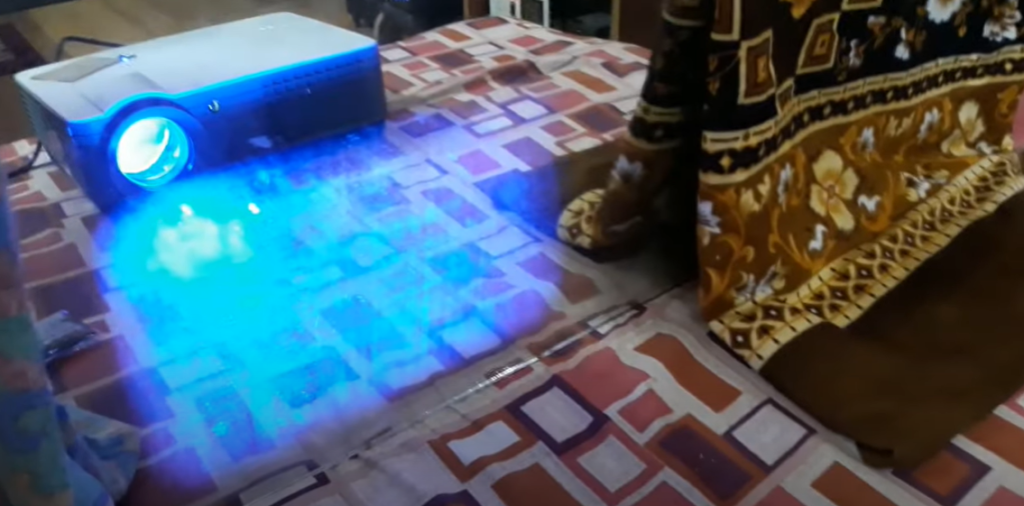
By following these simple steps you can ensure that your projector is in top condition and provide clear visuals for an organized presentation. With proper maintenance, your projector will last a long time and you won’t have to worry about having any technical issues. [10]
FAQs
Why does the projector show reduced screen size?
This could be due to incorrect settings or a malfunctioning projector. The aspect ratio of the projector should match that of the display device in order to ensure a full screen image is displayed. Check all connection cables and make sure they are firmly connected, and then adjust the aspect ratio settings for your projector. If this does not solve the issue then contact technical support for further assistance.
How do I change the aspect ratio on my projector?
If you’re having trouble viewing images or video on your projector with the wrong aspect ratio, you can easily change it in the settings. To do this, locate and select the “Aspect Ratio” option in your projector’s menu settings. From there, you can choose from a variety of preset ratios as well as customize options such as 16:9 or 4:3. Once you have selected the desired aspect ratio, your images and video should display with an improved viewing experience.
It is important to keep in mind that if you are using a VGA connector when connecting external devices, they may not support all resolutions and aspect ratios. If this is the case, it is still possible to make adjustments in the projector menu. However, the maximum resolution will still be limited by your VGA connection. In this case, it is best to use a newer type of connector such as HDMI for better results and resolutions when setting up the aspect ratio on your projector.
How do you make the screen bigger on a NEC projector?
The NEC projector comes with a range of features that make it easy to achieve your desired screen size. The first step is to locate the menu button on the projector remote, which will open up the main menu screen on the projector. Here, you can use the arrow keys to navigate to the ‘Screen’ tab and choose ‘Size’ from there. You can then use the arrow keys to increase or decrease the size of your projection onscreen, according to your preferences. For more information about using your NEC projector, please refer to the user manual that comes with it.
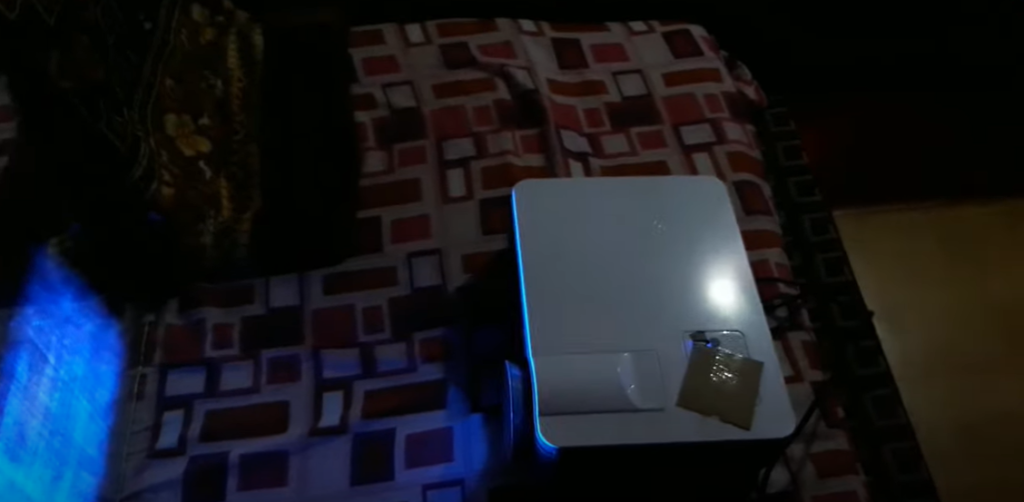
Why is my projector not displaying full screen?
If your projector isn’t displaying a full screen image, it’s possible that the resolution settings don’t match the native resolution of your device. To correct this issue, make sure that you have selected the correct window size, aspect ratio and resolution before connecting your device to the projector. Also, some projectors may only display certain resolutions or have limited “native” resolutions. If this is the case, then you’ll need to make sure that your device is outputting the correct resolution for the projector.
It’s also possible that there are other display settings which could be causing issues with displaying a full screen image. Make sure to check your display settings (e.g., brightness, contrast, etc.) and adjust them if necessary.
Lastly, if your projector is connected to a computer, it’s possible that the display settings of the computer may be causing issues with displaying a full screen image. Make sure to check and adjust any display settings in your computer’s operating system or video card software.
Useful Video: Projecting monitor to full screen
Final Thoughts
If you want a bigger picture on your projector screen, then there are a few options available to you. The most accessible for most people is simply to buy a larger screen or use a wall as your projection surface. You can also add zoom to change the size of an image, though this won’t necessarily make the image any bigger. For images with lots of detail, looking into high-resolution projectors and screens may be the best bet – these will allow you to increase picture size without losing quality or details. Whichever option you choose, just remember that making your projector screen bigger doesn’t have to be difficult! By planning out what equipment you need and considering digital options, you can revolutionize the look of your viewing setup in no time.
References:
- https://www.makeuseof.com/how-does-a-projector-work/
- https://electricalfundablog.com/projector-types-works/
- https://www.benq.com/en-us/knowledge-center/knowledge/eight-creative-ways-to-use-your-projector.html
- https://www.makeuseof.com/tag/fun-ways-use-video-projector-home/
- https://www.viewsonic.com/library/entertainment/advantages-of-projectors/
- http://www.hdtvsolutions.com/big_picture_projectors.htm
- https://thehometheaterdiy.com/adjust-projector-image/
- https://projectorsempire.com/how-to-increase-projector-screen-size/
- https://pointerclicker.com/projector-display-problems/
- https://cyberschooltech.co.ug/taking-care-of-your-projector/

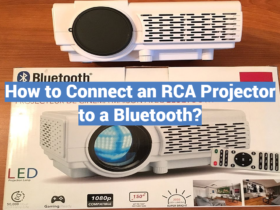
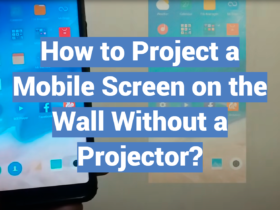

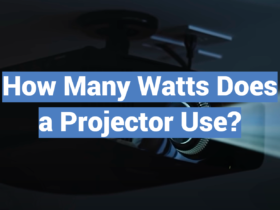
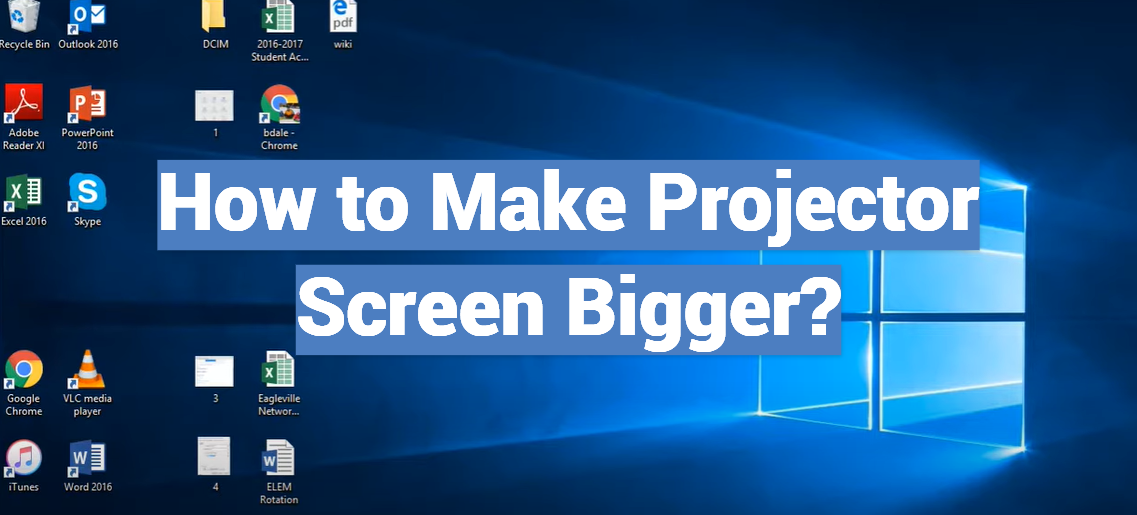
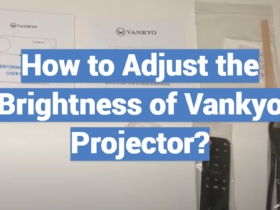
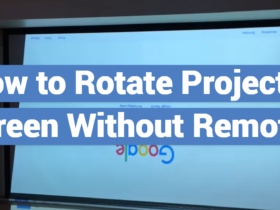
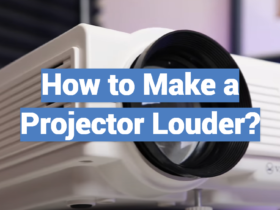
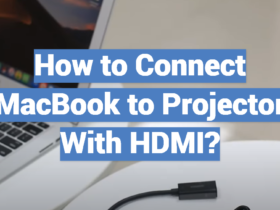
Leave a Review